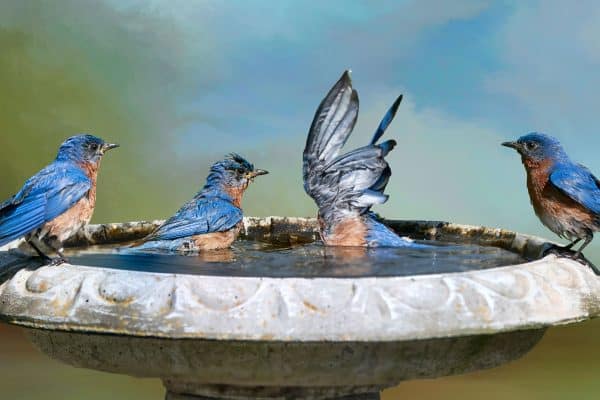Rabbits can seriously damage arborvitae by munching on their bark in the winter. Wondering the best ways to prevent these little bunnies from eating your beloved tree or shrub? We did a ton of research and assembled all the tactics you can apply.
To help you keep these rabbits away from your arborvitae, the strategies include:
- Build Fencing
- Apply Rabbit Repellents
- Coil With Tree Wrap
- Plant Rabbit-resistant Shrubs
- Make A Rabbit-friendly Zone
- Trapping
Rabbits are active throughout the entire winter, and since their summer food sources are no longer available, they frequently start eating the twigs and bark of trees and plants. So, in this article, we'll discuss thoroughly each way you can use to keep rabbits from eating your arborvitae. So keep on reading.
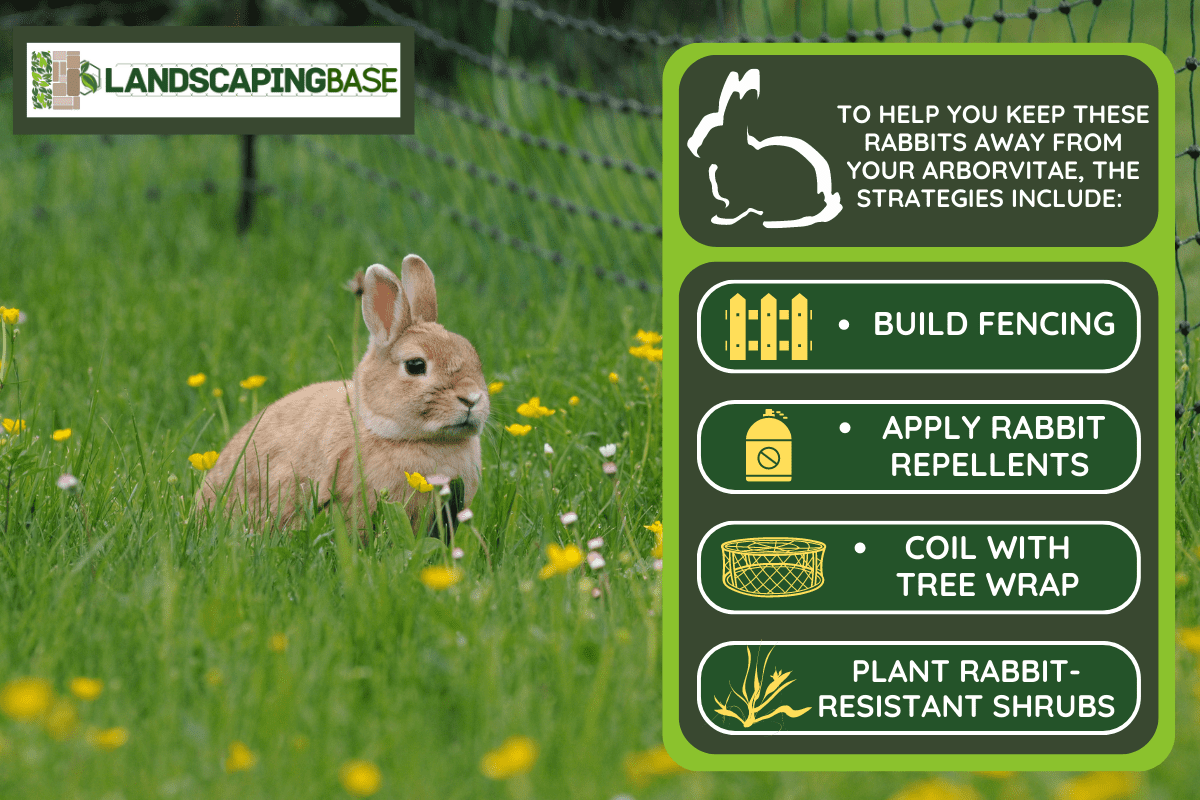
What Is This Arborvitae That The Rabbits Like To Eat?
The coniferous evergreen arborvitae (Thuja spp.), which reaches a height of about 30 feet in the home landscape, is a member of the cypress family. It grows in the US zones 4 through 11 on the Department of Agriculture's plant hardiness scale, depending on the species.
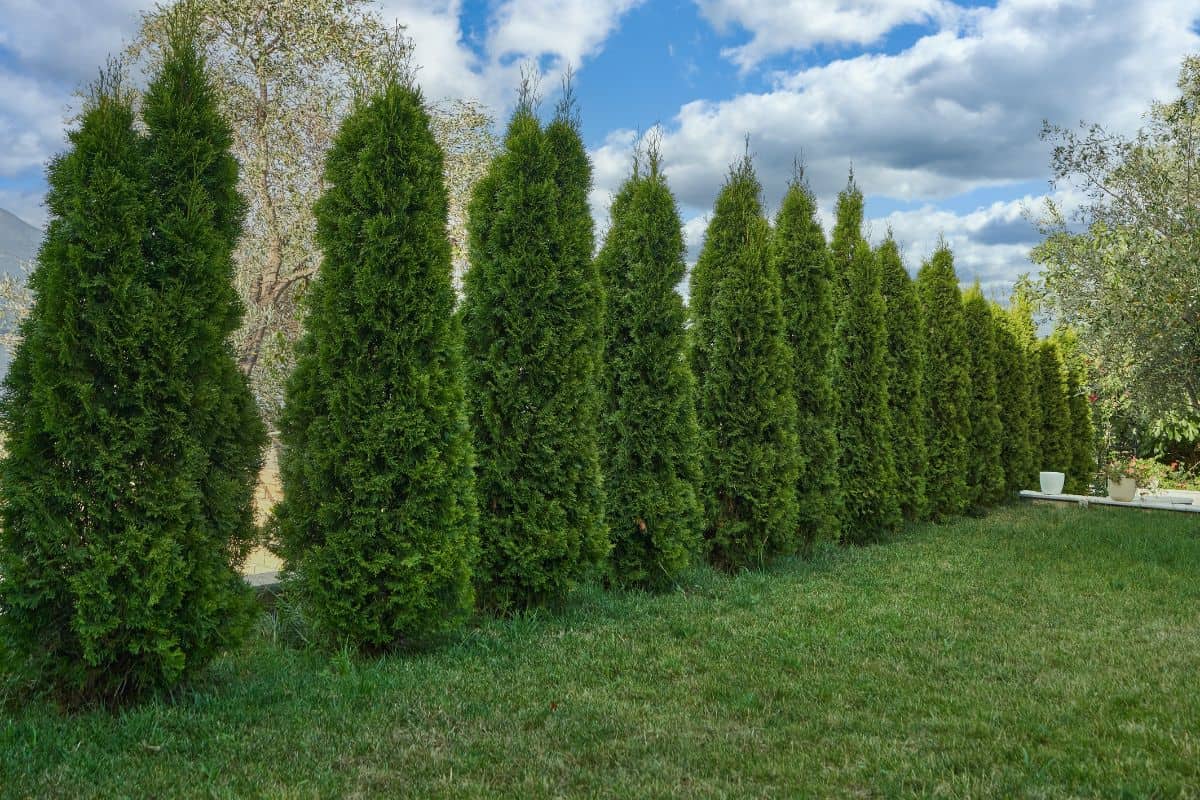
The Oriental arborvitae requires the warmest environment, whereas Eastern arborvitae is the most cold-tolerant. Arborvitae may thrive in a range of soil types, both in the sun and shade. Although the trees draw birds, they also draw pest animals that might harm the branches.
Only the bottom portions of the tree have been harmed by rabbits. The cuts made by rabbits on branch ends are precise and angled at a 45° angle. The little, rounded droppings that rabbits leave behind can also serve as a sign of their presence.
Since the wood is more delicate in the younger arborvitae, rabbits prefer to consume them until the food is scarce in the winter. The spring, when the trees are sprouting new branches and leaves, is when they are most active.
Arborvitae can die from bark damage. In the inner layers of the bark, water moves between the roots and the leaves. This plant dries up and dies if rabbits eat the bark completely around the trunk.
How To Keep Rabbits From Eating Arborvitae?
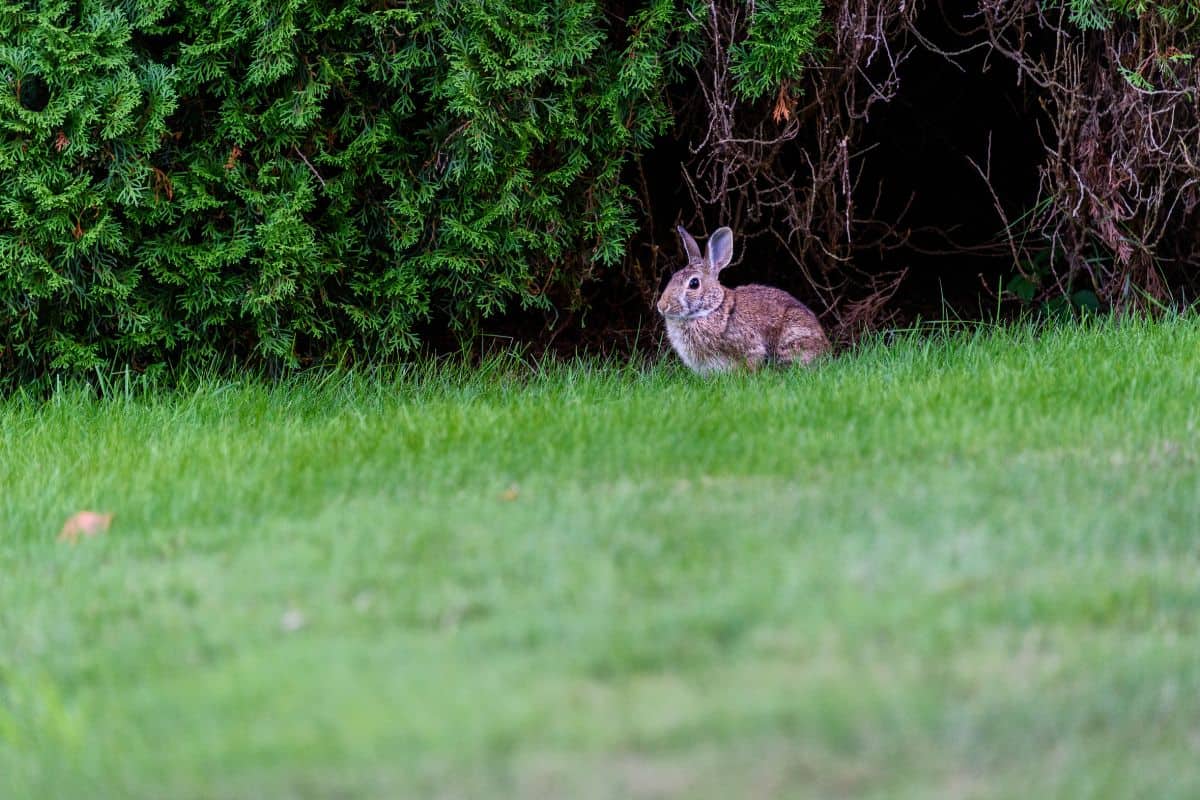
Rabbits are significant game animals. They are especially valued for their culinary and athletic prowess. However, occasionally the harm they cause to farm crops, ornamental plants, and fruit trees outweighs these benefits.
In the winter, rabbits damage plants by gnawing on the bark and eating parts of ornamental plants like arborvitae. Following are the ways to protect your arborvitae from these rabbits:
Build Fencing
Adding a fence around your arborvitae is the best solution for these trees or shrubs-eating animals. A simple chicken wire cylinder placed around your plant can deter them.
Click here to see this chicken wire mesh on Amazon.
Place the fencing at least two inches away from the tree's bark. Since compacted snow can serve as an access ramp to your plants and bushes, it should reach 2 ½ feet above the snow line.
Due to their ability to dig, rabbits will frequently choose to burrow under fencing rather than over it, thus it is important to tie it to the ground. This becomes less of a problem after the ground freezes.
Apply Rabbit Repellents
Things with a foul odor or flavor don't appeal to rabbits. Many different types of repellents that are safe for animals and the environment are available on the market such as:
Liquid Fence
Composed of predators' urine, garlic, and putrescent eggs. However, you always need to reapply the spray after rain, dews, or snow and it often seems to be hit-and-miss, especially in the winter when rabbits will eat almost everything!
Click here to see this Liquid Fence repellent on Amazon.
Shake Away
The red fox is the most prevalent land-based predator of cottontail rabbits. When establishing their behaviors for feeding and raising their young, rabbits stay away from the foxes' core areas.
Shake Away offers a remarkably simple method for applying time-released, urine-impregnated granules in a way that resembles this core area. These granules are made of an inorganic mineral that is porous, swellable, and resistant to weather, especially rain.
Click here to see this Shake Away repellent on Amazon.
Bonide
Repelled by taste, smell, and discomfort of the eyes and nose. The mixture won't hurt animals. Useful for both pets and kids' play places. Granules can last up to 60 days.
Click here to see this Bonide animal repellent on Amazon.
Others create their own repellents from scratch. Chopping Irish Spring soap then wrapped in cheesecloth, and stapled to a stake is enough to repel a rabbit.
Click here to see this Irish Spring soap on Amazon.
Click here to see this Irish Spring soap on Amazon.
Another that will work is cat or dog hair in a sachet put in the garden. Some even use their own urine as a last resort, which is effective but can leave the garden smelling bad.
Coil With Tree Wrap
Tree wraps come in a variety of styles and are easily found in home improvement stores. Also, they are available in a range of materials, including polypropylene cloth, corrugated cardboard, and plastic shields that coil around a tree.
Click here to see this tree wrap on Amazon.
Start at the bottom of the tree and coil the flexible wraps up at an angle. Applying the wrap shouldn't be done too tightly. It's usually applied around Thanksgiving and taken off around Easter.
Plant Rabbit-resistant Shrubs
Rabbits have preferences that they tend to avoid certain shrubs. Although growing shrubs resistant to rabbits won't completely stop the damage, you might notice less of it. Planting shrubs that can withstand rabbit damage is a good idea if you're just beginning to beautify your yard. Without limiting the list, these would comprise:
Bayberry

Bayberry is a hardy, dependable shrub for landscaping. It can grow in almost any type of soil, even the most challenging ones, even though it doesn't offer many colorful flowers or foliage options. Because of its hardiness and tolerance to pollution, bayberry is frequently employed as a commercial landscape shrub. Additionally, rabbits avoid it. The rabbits are put off by the shrubs' fragrant bark, so they don't eat them.
Catawba Rhododendron
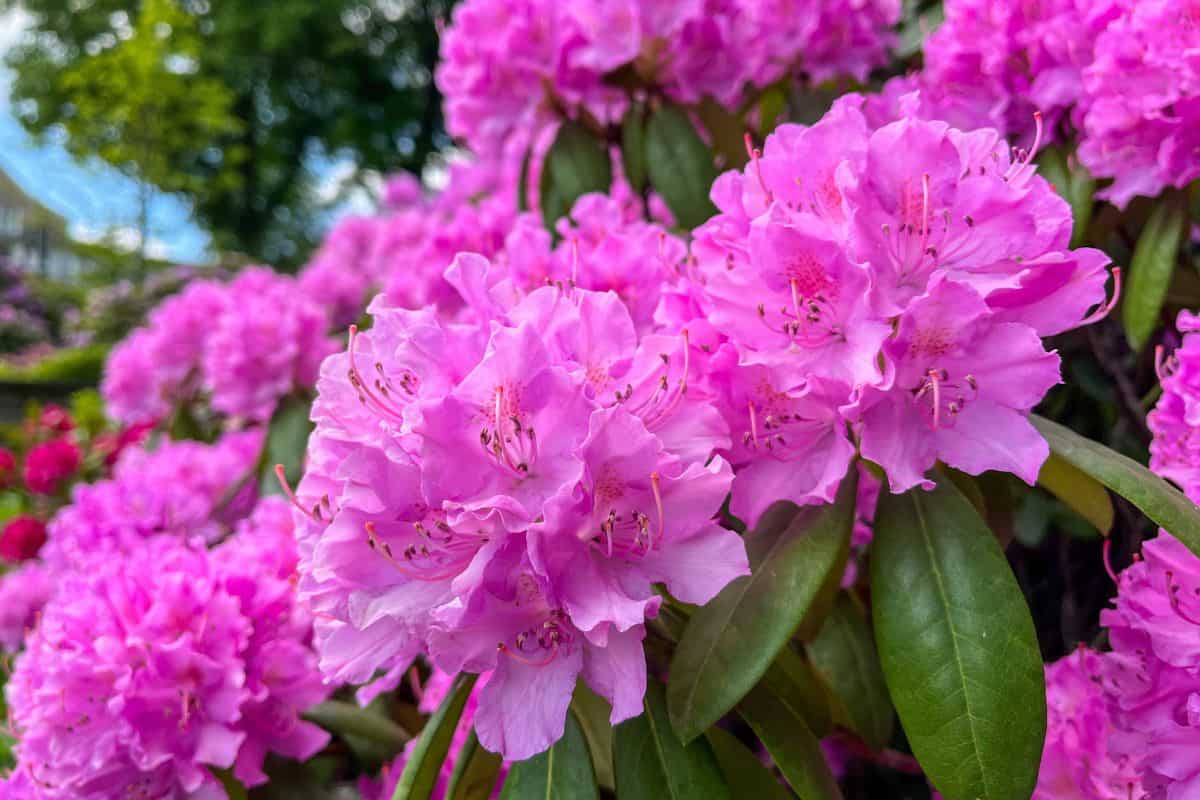
The Midwest has never experienced any issues with Catawba Rhododendron damage by rabbits, despite the fact that they can be difficult to grow. In addition to being more dependable than the pure species, Ironclad Catawba hybrids also frequently resist rabbits. Strangely, rabbits adore Rosebay Rhododendrons.
Fothergilla
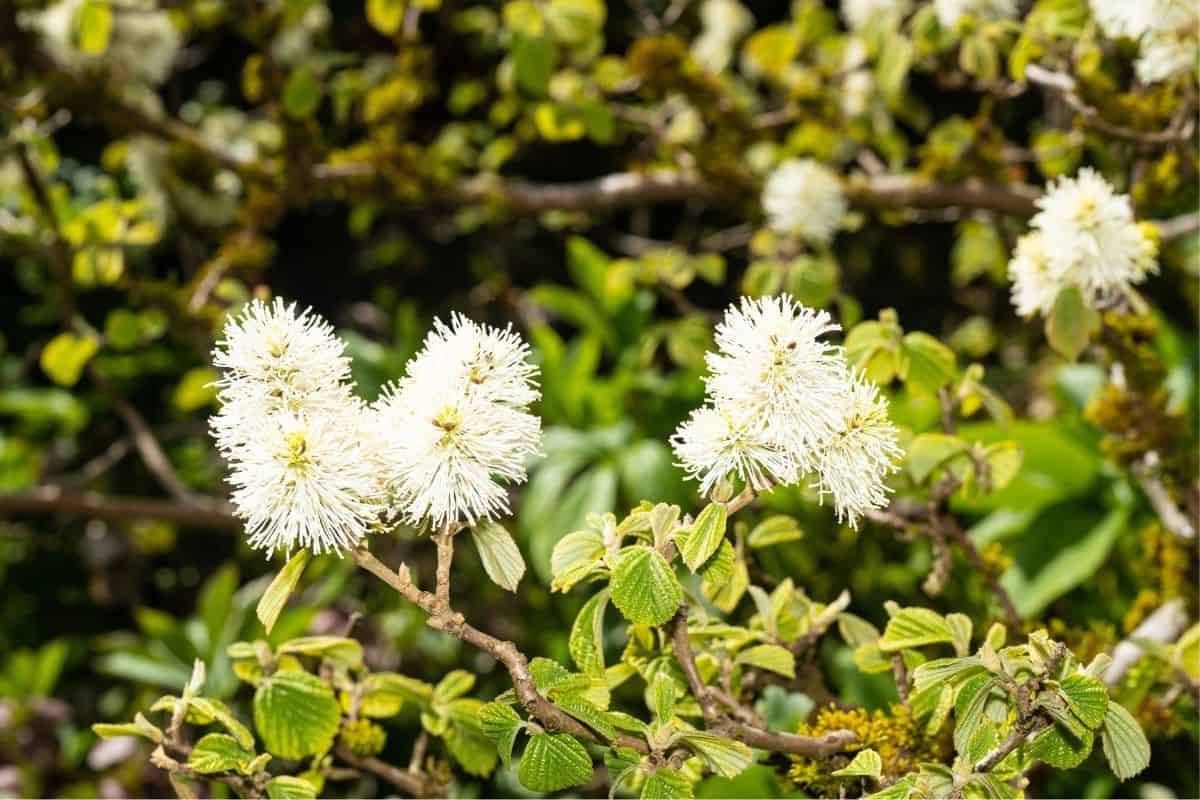
As far as rabbits are concerned, Fothergilla is hit-or-miss. Small Fothergilla stems can be chewed off by rabbits, but they don't consume them. You shouldn't encounter any problems as long as you give Fothergilla a year or two to establish itself.
Holly

Holly, especially the prickly American Holly, won't attract rabbits. Another good evergreen holly is Inkberry Holly, and deciduous hollies are as dependable.
Hydrangea

Both the Smooth Hydrangea and the Oakleaf Hydrangea have never been seen damaged by rabbits. As discovered in the winter of 2013–2014, Oakleaf Hydrangea can experience winterkill in the northern regions of Zone 5, although they recover pretty fast. Smooth Hydrangea is a completely cold-hardy shrub that looks fantastic in natural settings.
Red Osier Dogwood
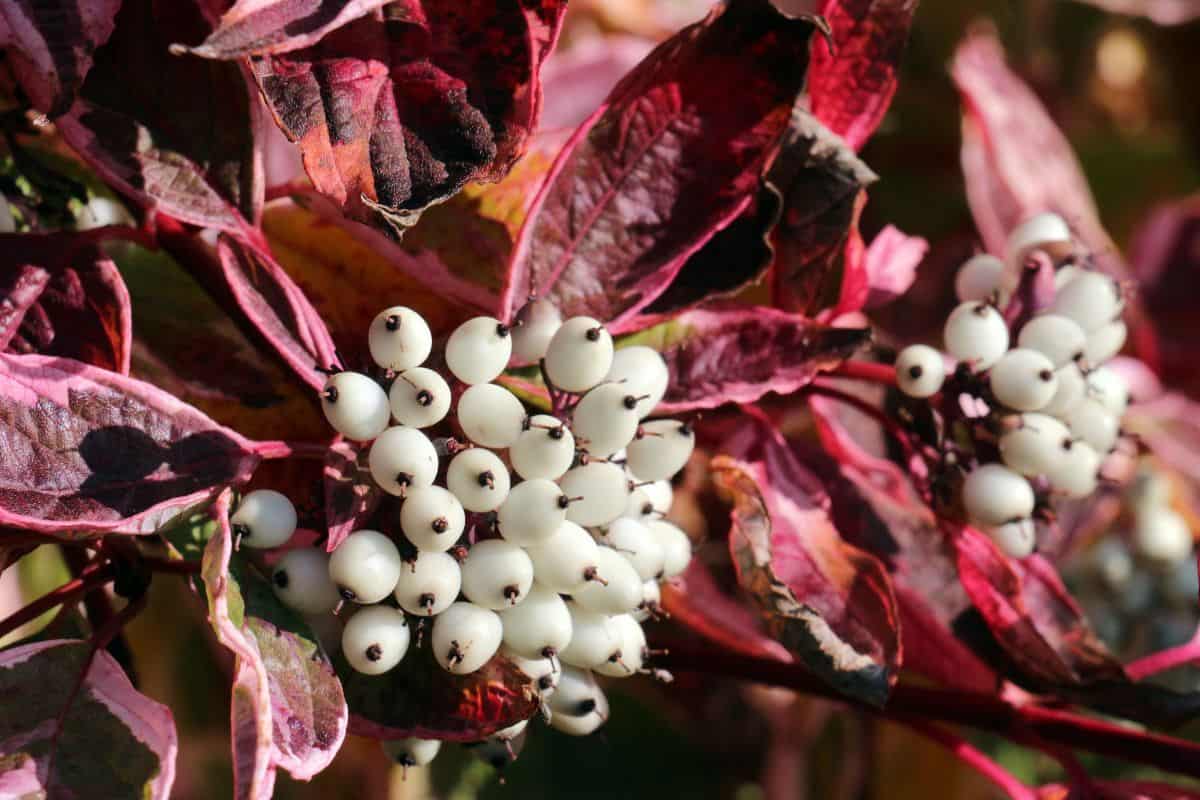
This natural shrub has an excellent winter shape and is particularly resistant to rabbit damage. Red Osier Dogwood typically reaches heights of 8 to 10 feet, while more compact forms have recently been introduced.
Spicebush
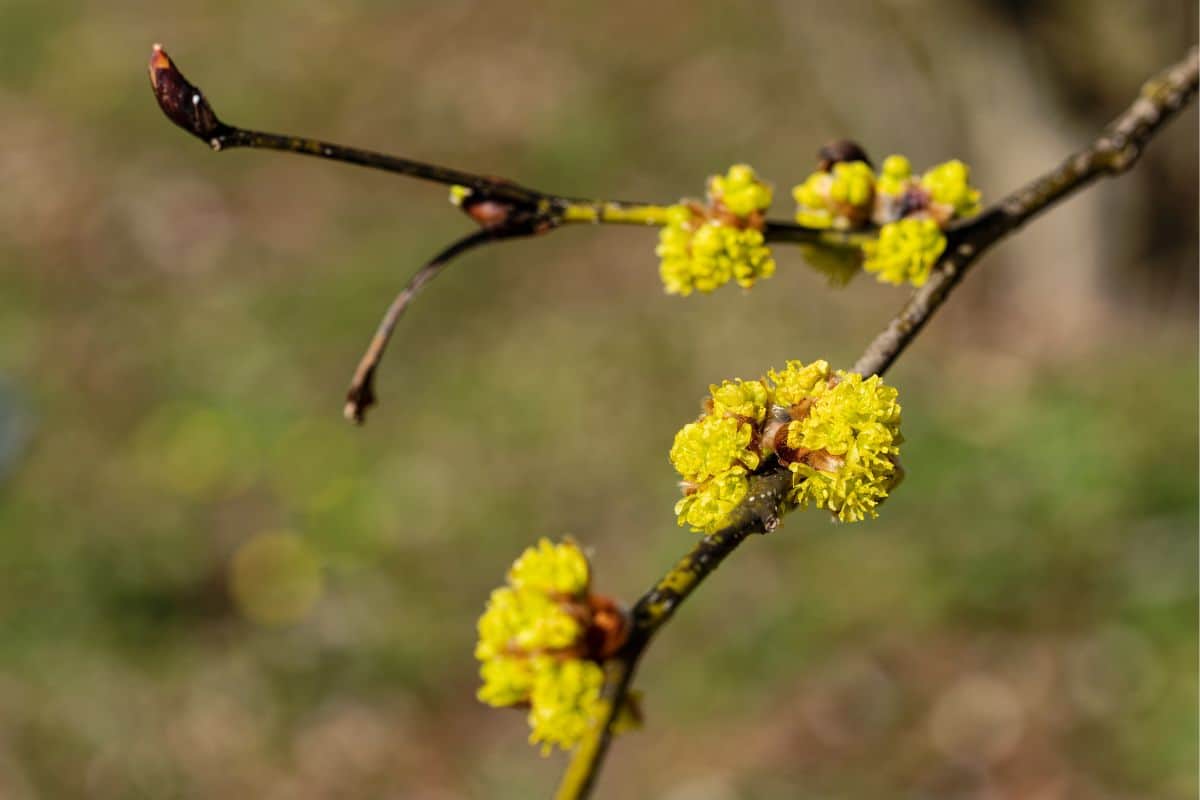
Rabbits have been known to chew on newly planted spicebush seedlings, but they avoid the twigs. They tend to avoid this shrub after trying them once. Spicebush is a stunning native shrub that blooms in all four seasons. It is one of the Eastern Forests' earliest bloomers, occasionally blossoming as early as the end of March.
Sweetshrub
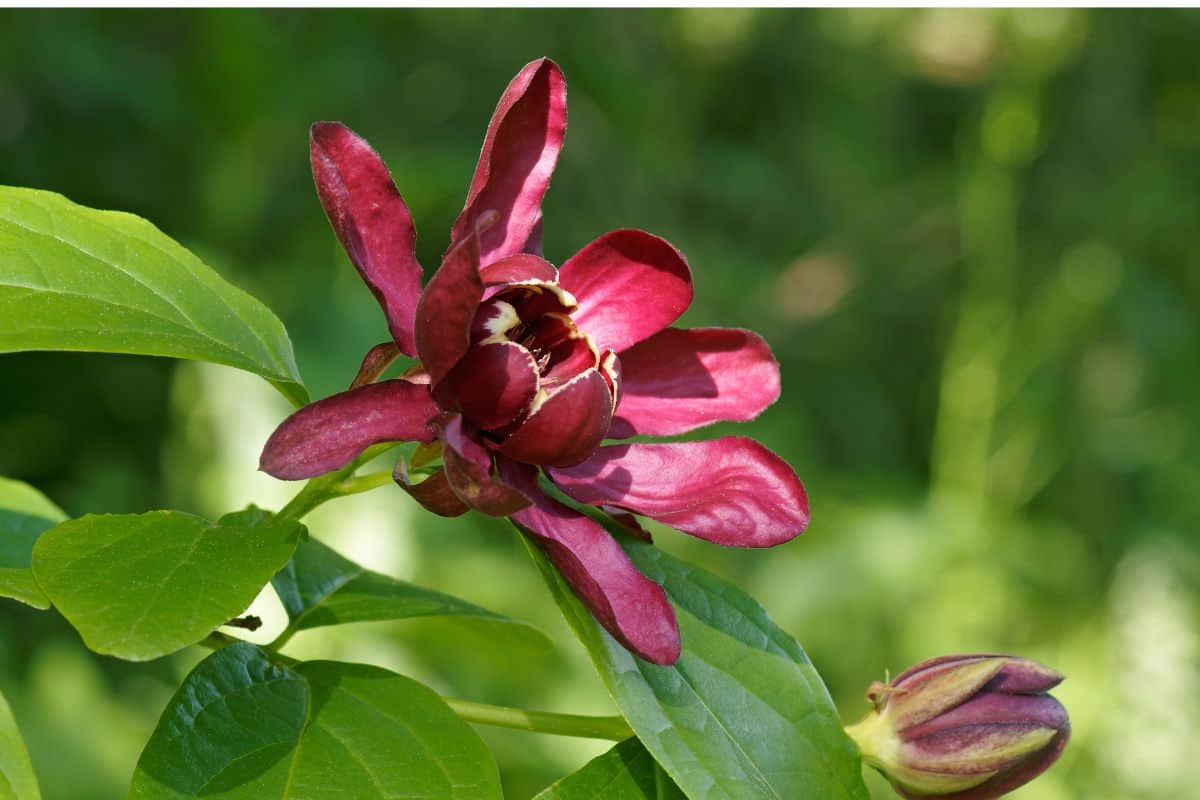
The rabbits entirely avoid sweetshrub which is a mildly poisonous herb. It creates a useful screening shrub, tolerating both substantial shade and moderate sun. The fruit-scented flowers are attractive in the summer garden and grow very quickly.
Make A Rabbit-friendly Zone
Create a rabbit-friendly zone to entice rabbits away from your treasured arborvitae. In rather large yards, this is especially useful. Since they prefer twigs to tree bark, try leaving out tree prunings. And if you're really dedicated, laying down some clover hay can serve as a seductive deterrent from your well-kept landscaping.
Trapping
A good option to get rid of rabbits on your property is by trapping them, but you should first inquire about the laws governing this with your local authority. You may require a permit or license in some regions. The majority of local laws demand that you either immediately kill the rabbit or release it unharmed on the same land. It's not typically possible to take the rabbit outside to the countryside for release.
Conclusion
Whichever method you consider using. Whether that is putting up fences, using repellent, protecting with a wrap, planting shrubs, creating a feeding area, or even using traps. You may not be able to totally keep rabbits out of your yard. But by putting these suggestions into action, you can enjoy a view of the wildlife while also protecting your priceless planted trees and bushes.
For more interesting topics, check out below.







![A man using a portable vacuum to collect dead leaves, Will A Leaf Vacuum Pick Up Mulch? [Can It Remove Leaves From Mulch?]](https://landscapingbase.com/wp-content/uploads/2022/09/Man-using-a-portable-vacuum-to-collect-dead-leaves-600x400.jpg)

